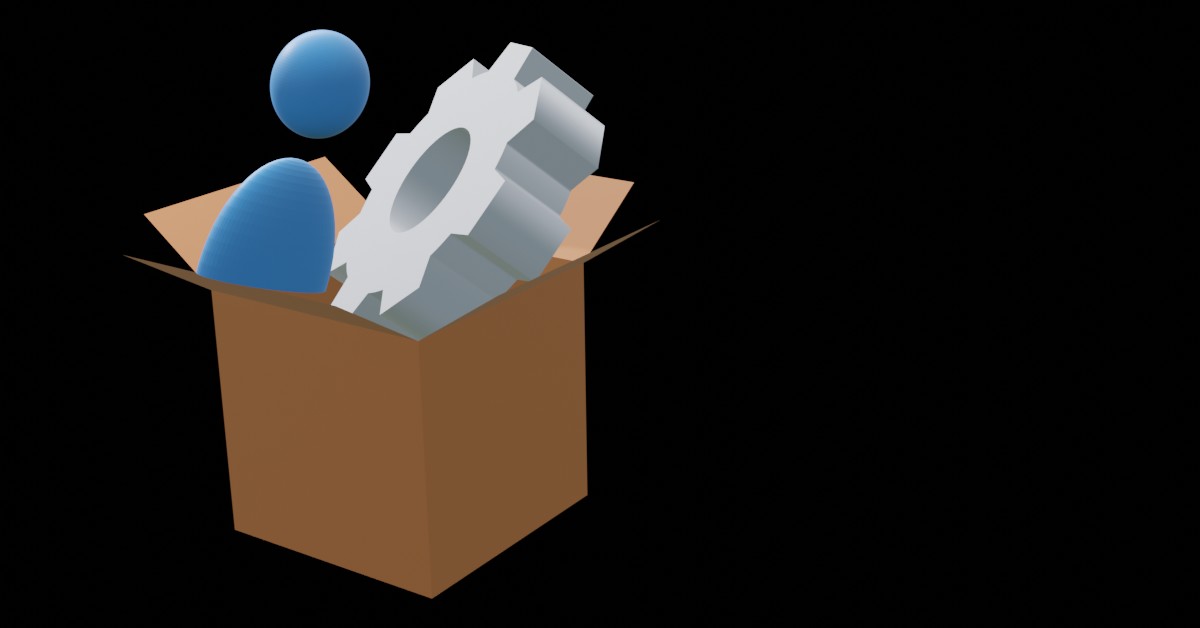It’s time to play with Campus. I set up a PUM image to use as a sandbox for experiments and playing around. So, here are my notes on some of the different things that I did to get it running.
Category: PUM
App Designer on Ubuntu 20.04
It’s been a while since my last notes on installing App Designer. Here’s my notes one more time on my new laptop with Ubuntu 20.04.
Adding a Tablespace to a PUM
Somehow I misplaced or mistyped the SYS password on the last PUM install that I did. I learned a few things as a result…
Oracle is using Container Database technology. It made things a little challenging.
I should have been able to connect with:
sqlplus SYS@HR92U092 as sysdba
Inspecting the environment, it looks like the database name is CDHCM.
[oracle2@ps ~]$ ps -ef | grep pmon oracle2 3691 1 0 Sep26 ? 00:00:40 ora_pmon_CDBHCM oracle2 32310 23161 0 01:35 pts/0 00:00:00 grep pmon [oracle2@ps ~]$ cat /proc/3691/environ | xargs -0 -n1 | grep ORACLE ORACLE_SID=CDBHCM ORACLE_HOME=/opt/oracle/psft/db/oracle-server/12.1.0.2 ORACLE_SPAWNED_PROCESS=1
So, I can log in using OS security:
su - oracle2 export ORACLE_SID=CDBHCM sqlplus / as sysdba
I can see where all of the data files are located at this point:
select file#, name from v$datafile
I can see that all of the data files are located in the directory:
/opt/oracle/psft/db/oradata/HR92U027
At this point, if you create the tablespace, it will go into the root container instead of the PeopleSoft database. If you already did it, you’ll need to delete the tablespace first:
drop tablespace GTCAPP including contents and datafiles;
You can see the list of databases in the root container:
SELECT PDB_ID, PDB_NAME, STATUS, CON_ID FROM CDB_PDBS;
You have to switch over to the PeopleSoft database with an alter session command:
SQL> show con_name; CON_NAME ------------------------------ CDB$ROOT SQL> alter session set container = HR92U027; Session altered. SQL> show con_name; CON_NAME ------------------------------ HR92U027
Here’s the tablespace that I am trying to create:
CREATE TABLESPACE GTCAPP DATAFILE '/opt/oracle/psft/db/oradata/HR92U027/gtcapp.dbf' SIZE 50M DEFAULT STORAGE (INITIAL 64K NEXT 128K MAXEXTENTS 110 PCTINCREASE 0) / ALTER DATABASE DATAFILE '/opt/oracle/psft/db/oradata/HR92U027/gtcapp.dbf' AUTOEXTEND ON NEXT 5M MAXSIZE UNLIMITED;
Now that the tablespace is created from the Oracle Database point of view, I can move on to the PeopleSoft point of view. The tablespace needs to be added on the page: PeopleTools > Utilities > Administration > Tablespace Utilities
Resources
- DB Visit Blog: What’s going on? “Connected to an idle instance”, but database is running.
- Database Administrator’s Guide: Datafiles Data Dictionary Views
- Database Administrator’s Guide: 43 Viewing Information About CDBs and PDBs with SQL*Plus
- Database Administrator’s Guide: Tablespace Data Dictionary Views
- Oracle Base: Multitenant : Manage Tablespaces in a Container Database (CDB) and Pluggable Database (PDB) in Oracle Database 12c Release 1 (12.1)
PeopleTools Client with Wine
One of the shortcommings to using Ubuntu Linux as my main OS is not being able to run Application Designer. Using Wine, I am now able to run it on my laptop. If you were to translate the Ubuntu specific commands over to Oracle Linux and install an XWindows desktop on the PUM, you could get App Designer running there, too.
Adding the PeopleTools Breadcrumbs Back
In these recent PUMs, one of the things that I miss is the breadcrumbs navigation at the top. It has many advantages over the new navigation. For example:
- Taking a screenshot documents the navigation to the page
- Navigation is quicker for nearby pages
- Reloading the page is quicker by clicking the link in the navigation rather than reloading the whole browser page
I found the breadcrumbs are easy to turn back on. Simply, navigate to PeopleTools > Portal > Branding > Define Headers and Footers. In the search, open up “DEFAULT_HEADER_FLUID”.
At the bottom of the page, in the “Style Definitions” field, paste the following CSS:
.desktopFluidHdr .ptdropdownmenu {
display: block;
}
Finally, save the page with the button near the top. After you logout and back in, you will see the breadcrumbs.

Resources
Installing App Designer on Ubuntu
It’s been a while since I have tried to install Application Designer directly on my Linux host. In fact, the last time I tried was many tools versions ago. Since I’ve been playing with a PUM again, it’s time to give it another try.
Here’s my notes:
Install Notes
I started an article with my notes on getting PUM running over 2 years ago, but I never followed through on it. Now, everything is changed, and I’m starting over.
So, here’s my notes on getting HCM PUM 22 running.

